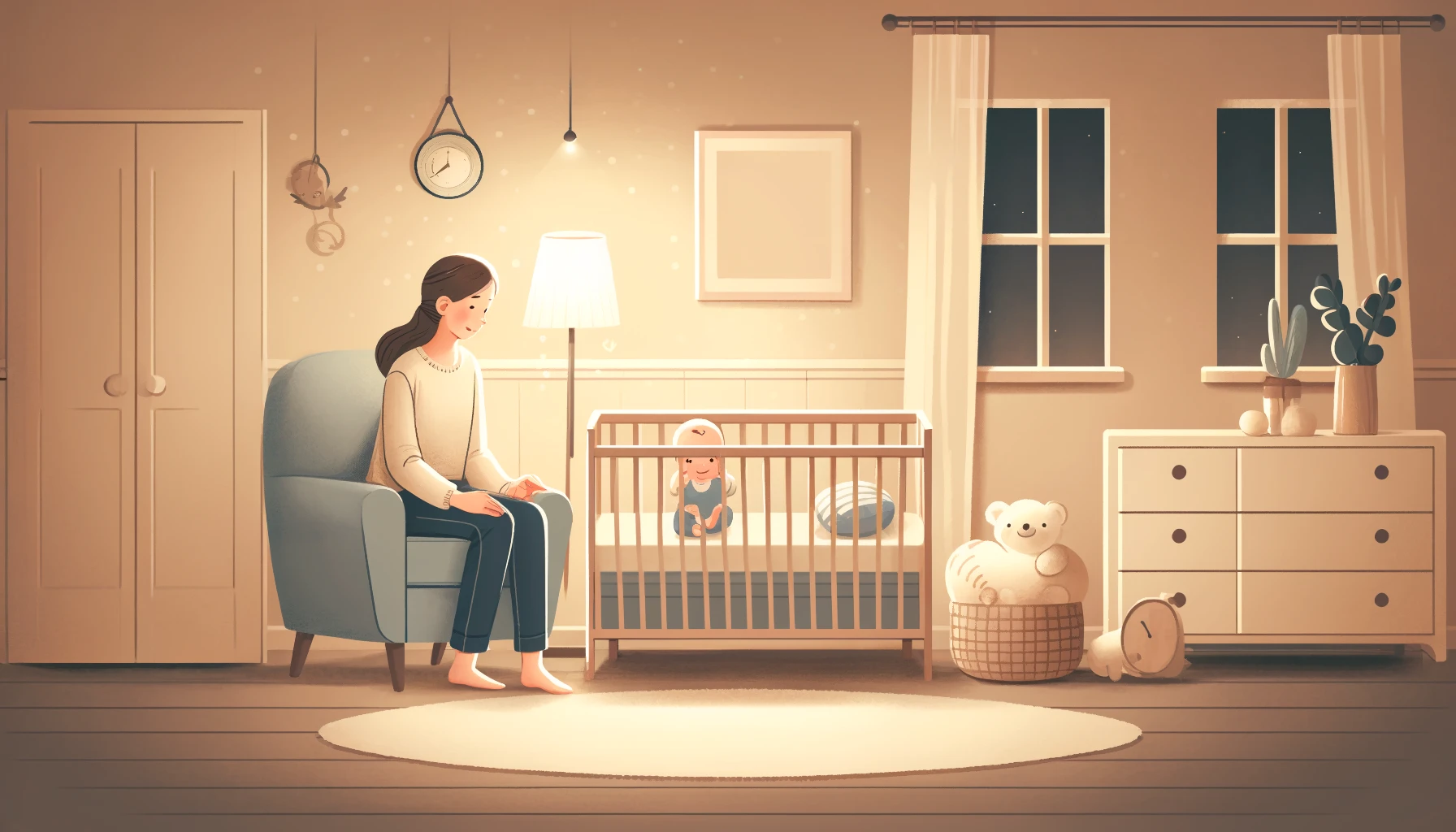Seeing your baby cry is perhaps one of the most heartbreaking moments for any parent. You don’t want them to cry. You want them to be happy and healthy. But for that to happen, they need to sleep properly. It would be wonderful if your child could learn how to sleep without any crying or frustration. Every parent would sign up for that. Unfortunately, the reality is that all children, regardless of the method you use to help them sleep, inevitably shed some tears in the process. Let’s explore why this happens.
Understanding Why Children Cry:
First and foremost, children cry when learning to sleep because they are protesting – they don’t like change. In fact, they hate change. Just think about it. Do you remember your favorite book as a kid? Do you remember wanting to read that book over and over again, even though you knew every word? We all resist change, children and adults alike. It’s normal to do so, and it’s normal for your child to express their resistance by crying. After all, crying comes before words – not the other way around.
Second, as children begin to learn how to sleep but haven’t yet figured out how to do so, they are understandably frustrated. They no longer have Mom and Dad by their side to help them get to sleep, and they don’t yet know what to do differently. But they will eventually figure it out.
What’s really interesting about falling asleep is that, although each of us is born with the inherent ability to do so, it is considered a learned behavior. Yet, you can’t teach anyone else how to do it – you can’t simply tell your child to close their eyes and sleep. Instead, each of us has to learn for ourselves what to do to settle into sleep.
Individual Differences:
Of course, there are children who seem to learn how to sleep almost magically with very little effort on the parent’s part. However, every child is different. Everyone is unique. Your child, along with many others, hasn’t learned this essential skill yet, which is why they need you to take a step back so they have the opportunity to achieve that on their own.
Developing Self-Soothing Techniques:
How will they do it? They might kick their legs around a bit, gently rock their head from side to side, or grab their lovey. Or maybe they’ll suck on their thumb. If they’re a bit older, they might play with their hair. The truth is, each of us has different things we do to soothe ourselves into sleep, and your child will surely find a way that’s perfect for them. But they won’t discover those things nearly as easily with you standing right next to them or picking them up – they won’t have the motivation to do so.
Simply put, if you “help” them, they will cry even harder because the touching feels like a tease that serves to reinforce the crying. Taking a step back allows them to learn how to self-soothe and ultimately sleep through the night.
Tips for Parents:
- Stay Consistent: Consistency is key. Stick to a bedtime routine and be patient.
- Comfort Without Over-involvement: Provide comfort without constantly picking them up or staying too close.
- Encourage Independence: Allow your child to discover their own self-soothing techniques.
- Gradual Adjustments: Make changes gradually and give your child time to adapt.
By understanding why your child cries and how they learn to sleep, you can better support them through this important developmental phase. Remember, it’s a process, and with time, your child will master the skill of sleeping independently.






